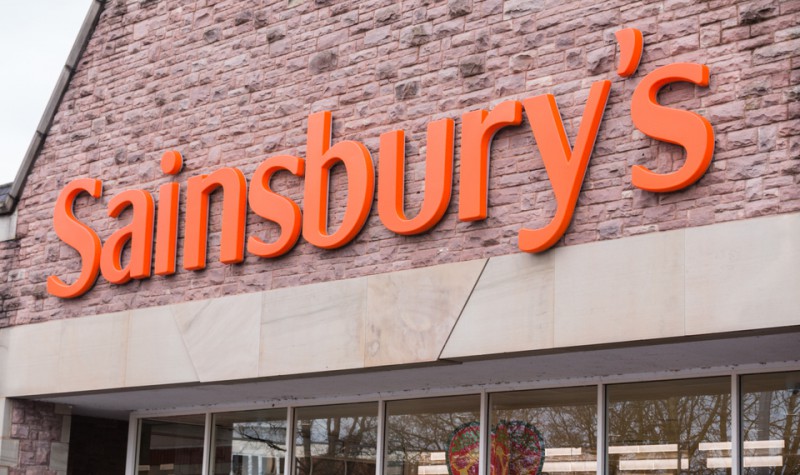Sainsbury’s: An Enigma or Two?

Sainsbury’s trading statement for the fourth quarter of last year is fairly brief. In consequence, it does not provide much on which to base conclusions about the future – which appears to be bearish in the eyes of those executing the high level of short selling of Sainsbury shares.
Company sales were down modestly at minus 0.3%. More bearishly, they were down 1.9% in like-for-like terms (sales of those outlets that have been open for more than one year to give a fairly consistent view of a retailer’s performance). The management reported that it has cut prices on a thousand items. The result of which was a reported 3% increase in demand for such items, which I suppose is a positive outcome as well as telling us much about the price sensitivities of its customers.
The company, consistent with such experience, seems to be abandoning the traditional “bogof” (buy one and get one free) merchandising philosophy in favour of lower individual prices for items. That seems self evidently wise in a market where customers have an eye for individual prices when shopping around. At the same time, the company is buttressing its reputation for relatively higher quality – that puts it, in terms of quality, between Waitrose and Marks & Spencer on the one hand and Tesco on the other in the perceptions of customers, as I understand it. General merchandising and clothing sales did well with a rise of 6%, although Sainsbury’s clothing and merchandising presence is not as big as Tesco’s.
In strategy terms, Sainsbury’s is also investing in high street convenience stores in line with changing patterns of consumer preference. In this department of Sainsbury’s business, sales were stated to have increased 14% with 23 stores opened. Again in terms of strategy, the company is expanding its own ‘click and collect’ services. They say that this service will be available from one hundred sites during this year. The Sainsbury’s bank saw loans grow by 21%.
The current dividend yield of nearly 6.5% indicates that the market expects a dividend cut. Looking at the September balances sheet, I see that operating cash flow of £398 million (down from a figure of £566 million a year earlier) had to finance a dividend £234 million and capital spending of £586 million. It is no wonder in those circumstances that the market expects a dividend cut. However, I also note the truly massive rise in the debtors amongst current assets which low seems to suggest that once that is paid even more cash will flow into the company. Could it be that the company’s ability to pay out cash in dividends is for the short term at least better than it looks? We shall need to see the report and accounts to see if that is the case.
It is very difficult to come to a conclusion about Sainsbury’s prospects on the basis of one quarter’s brief trading statement. We need to see the full report and accounts for that. On the face of it Sainsbury’s has competition on quality from Marks & Spencer (and more recently also from Lidle, Aldi and Tesco as a matter of commercial policy on their part) and price competition from a now revitalised Tesco. I shall read the annual report and accounts with interest. I reserve judgement until then.
Comments (0)